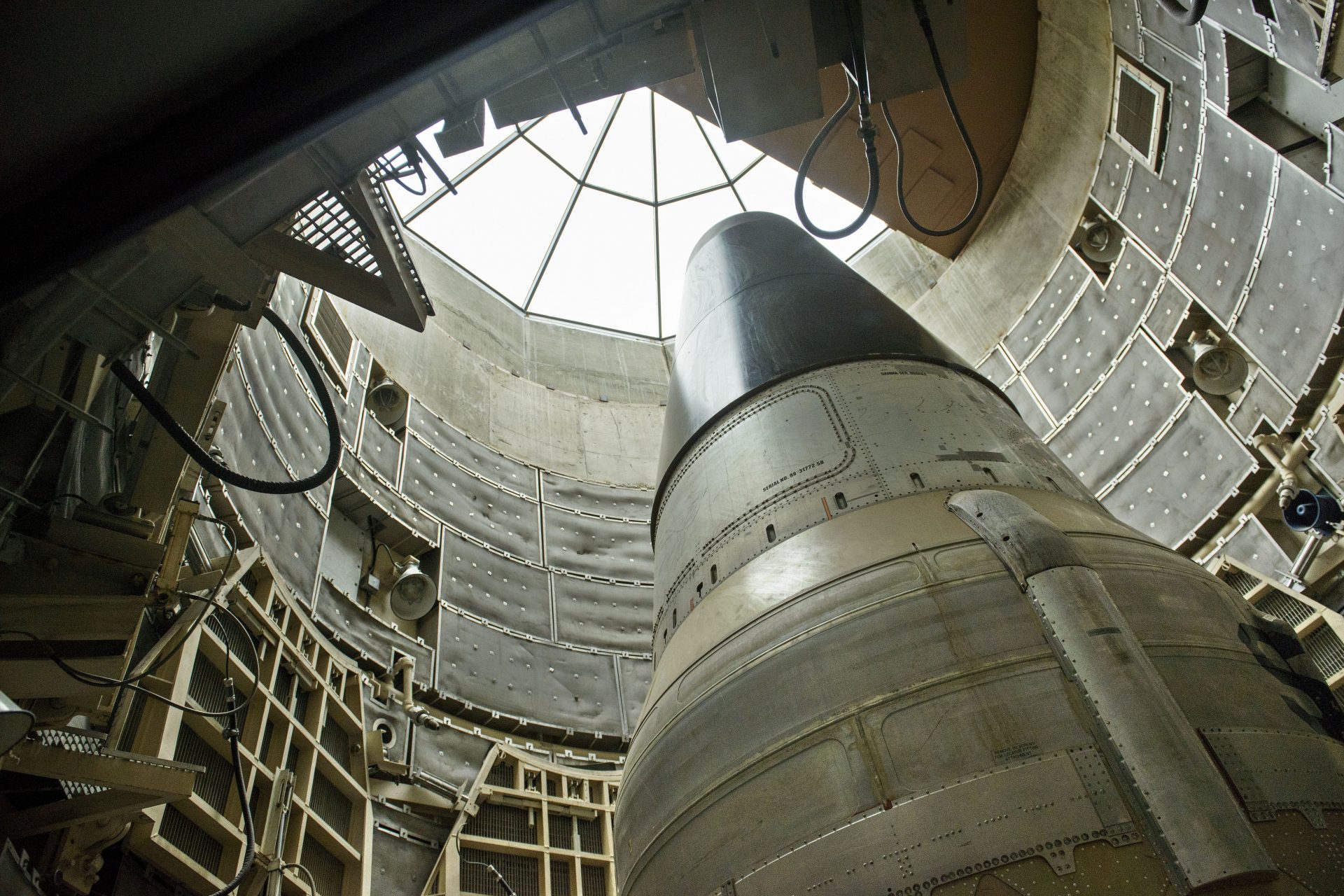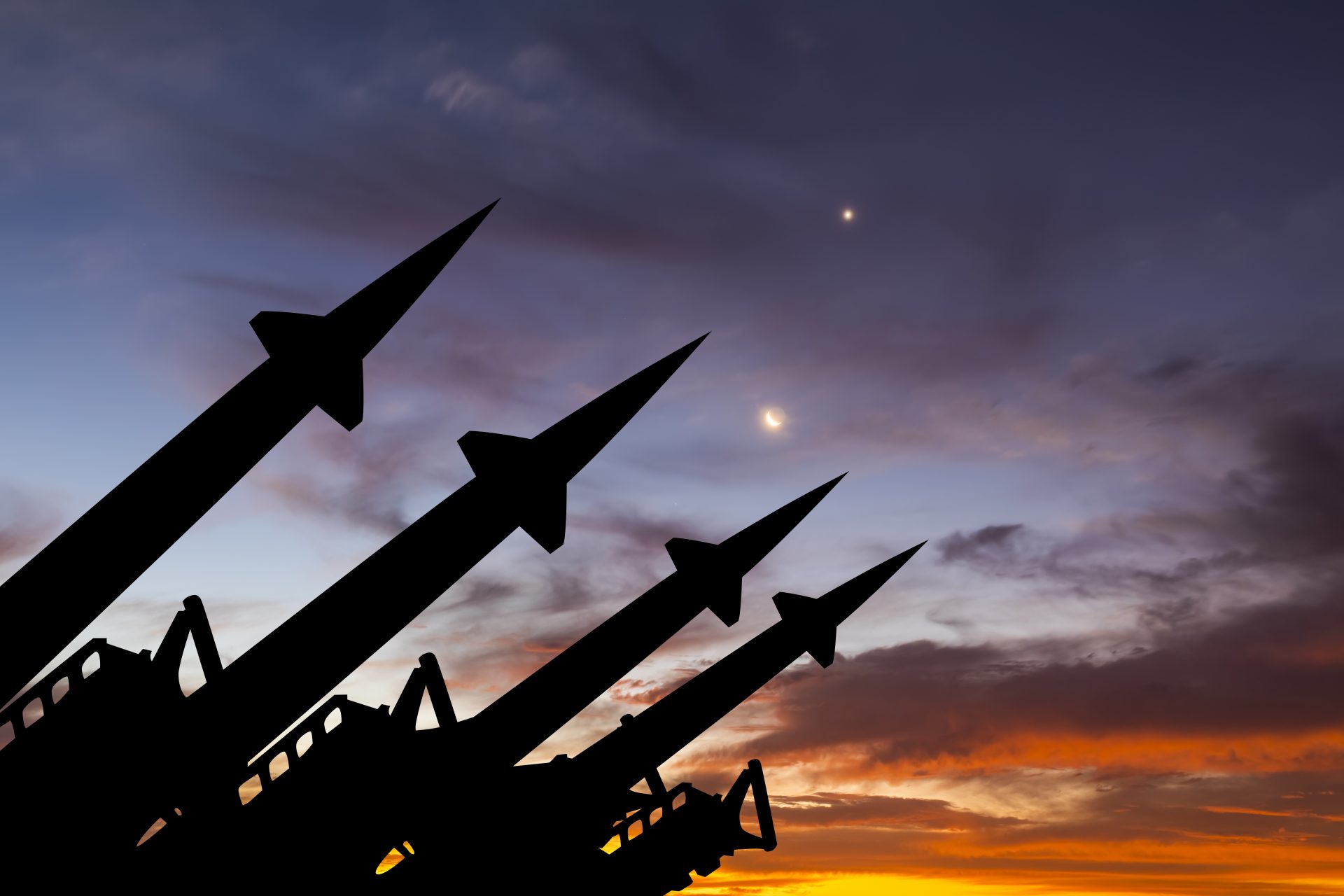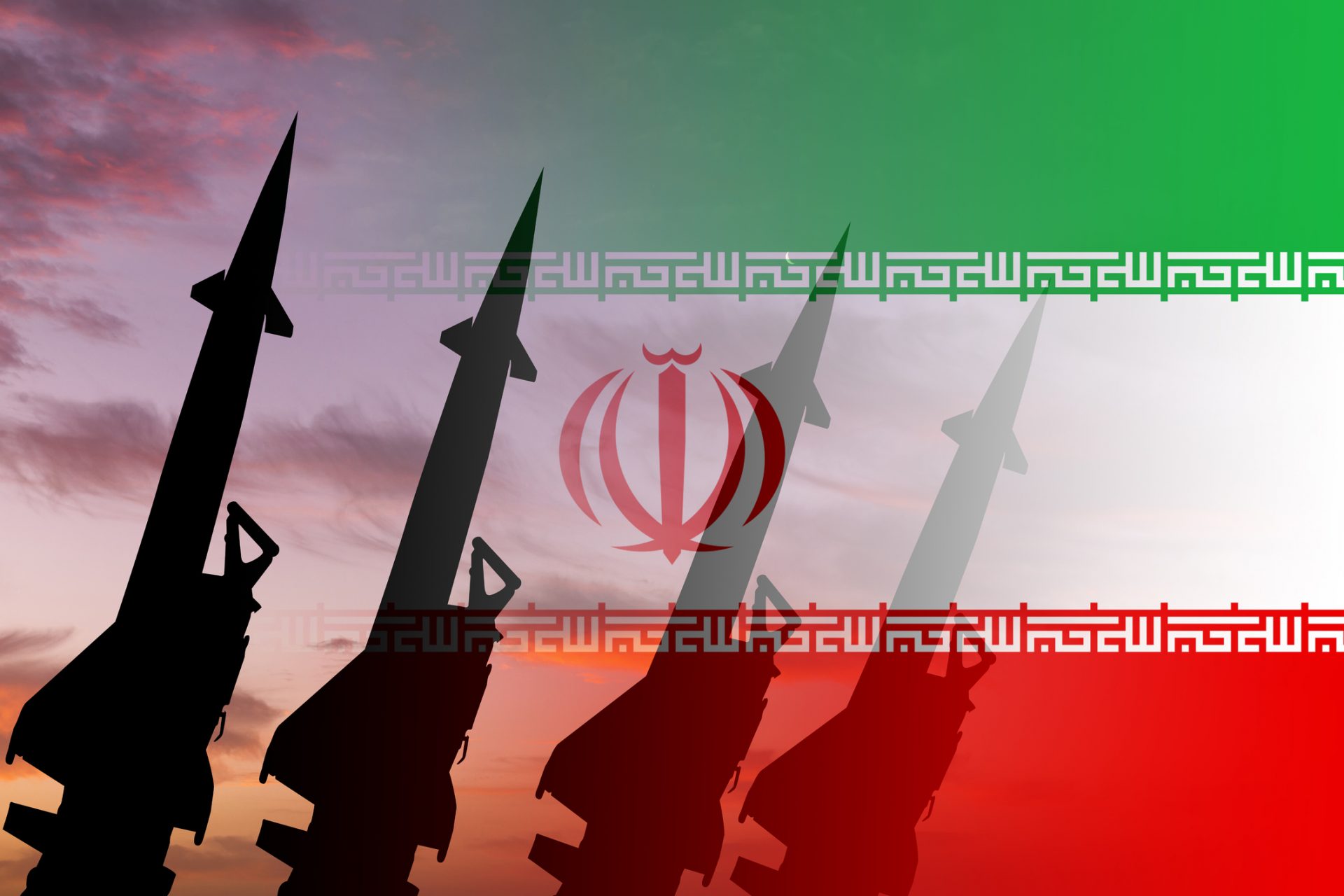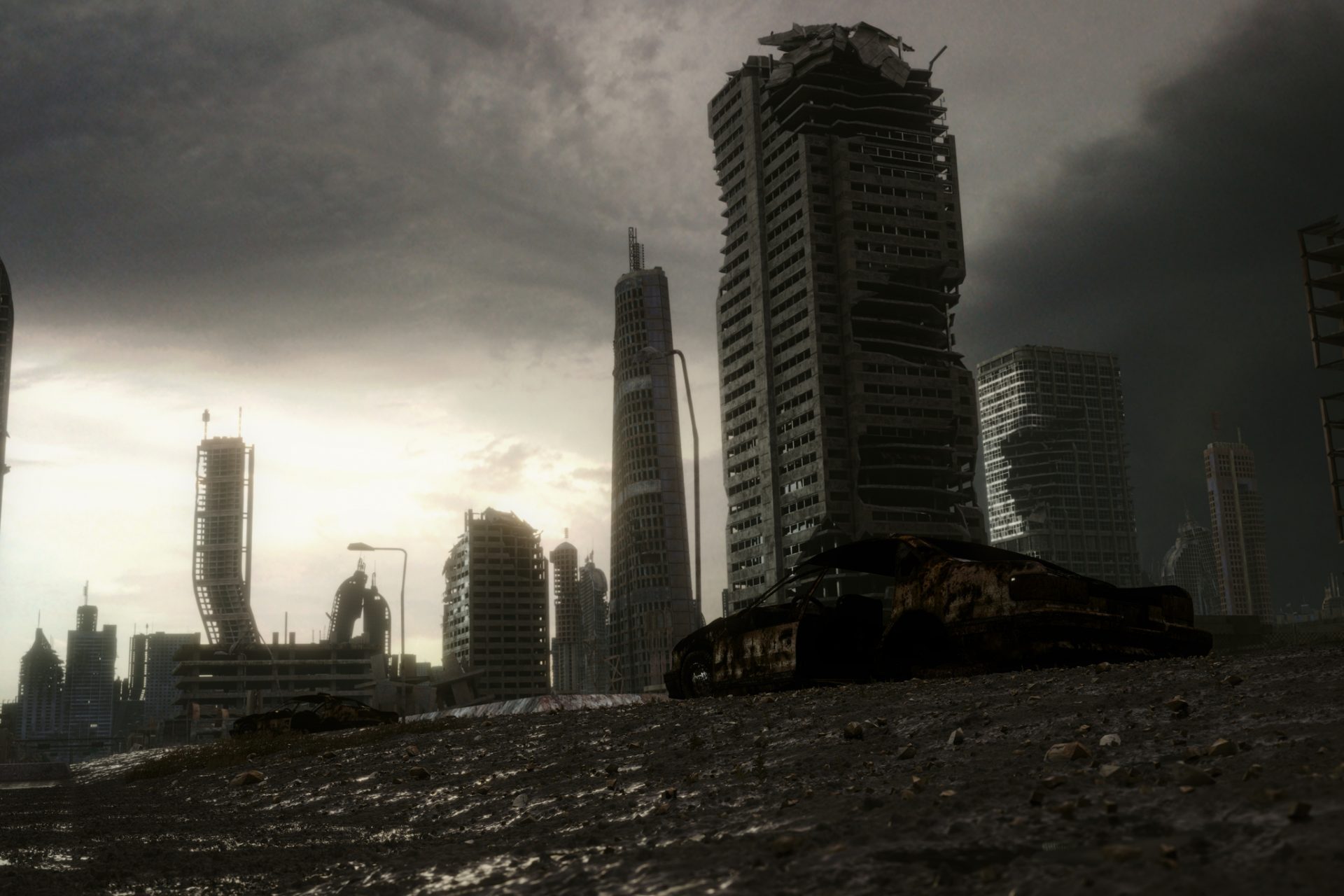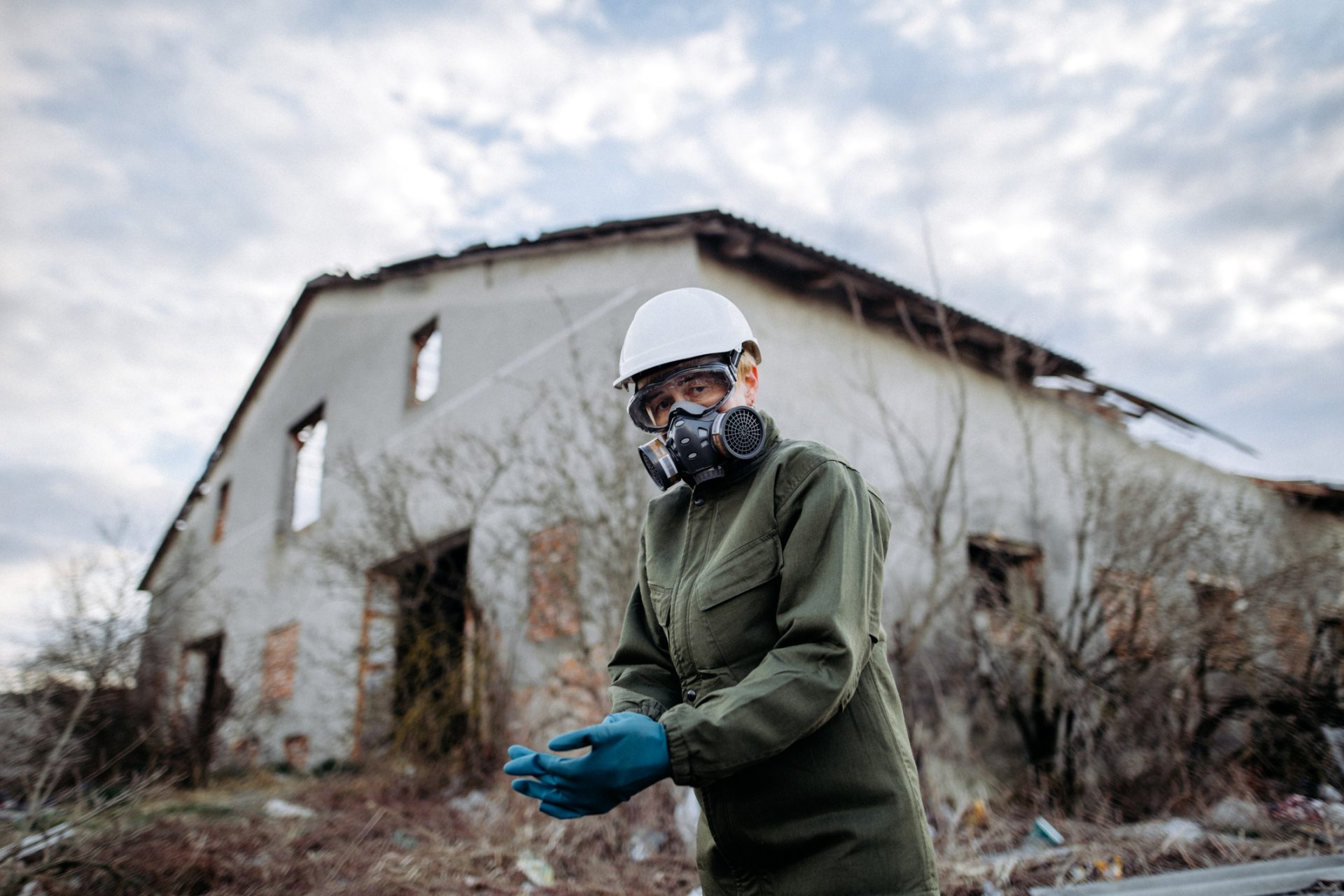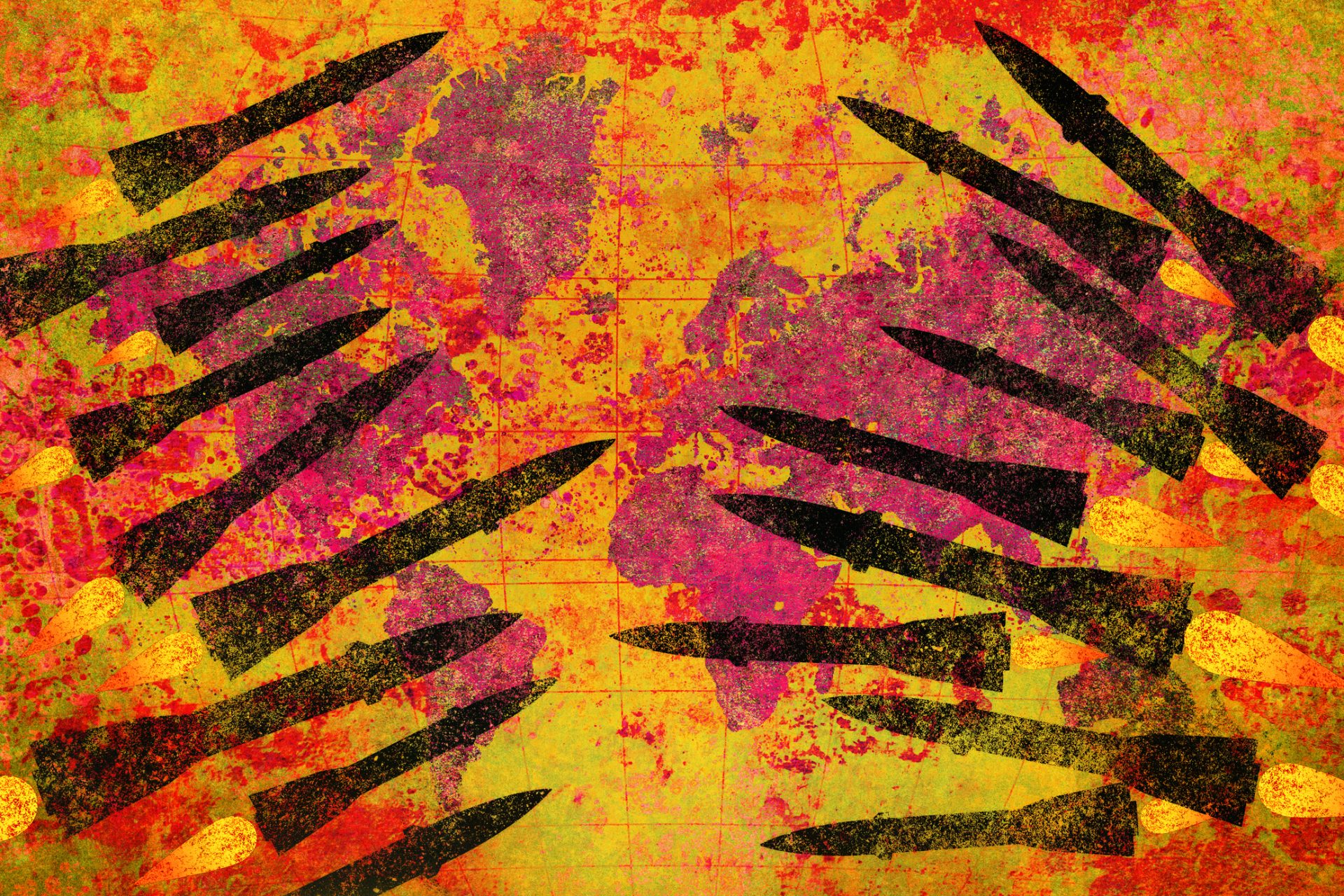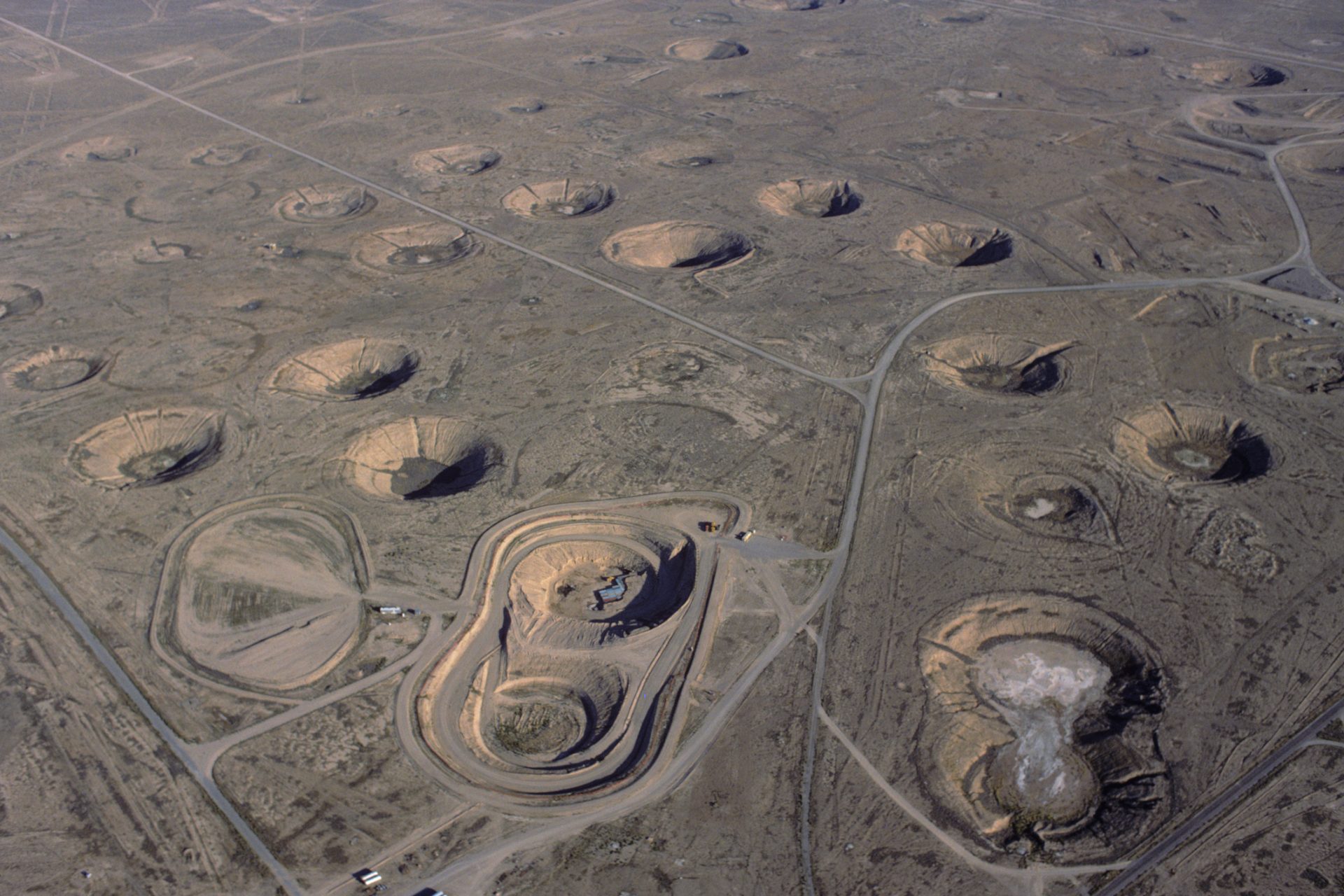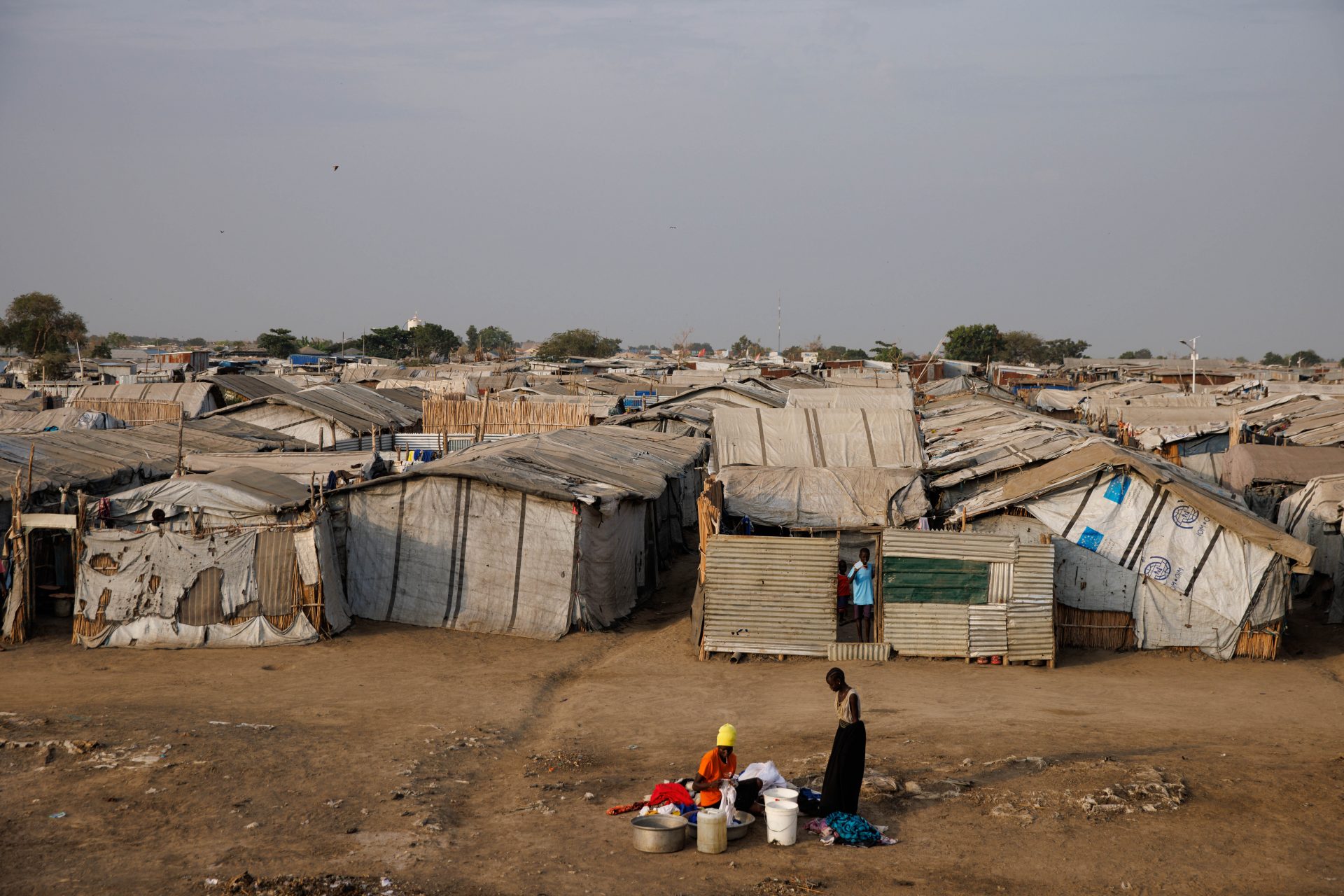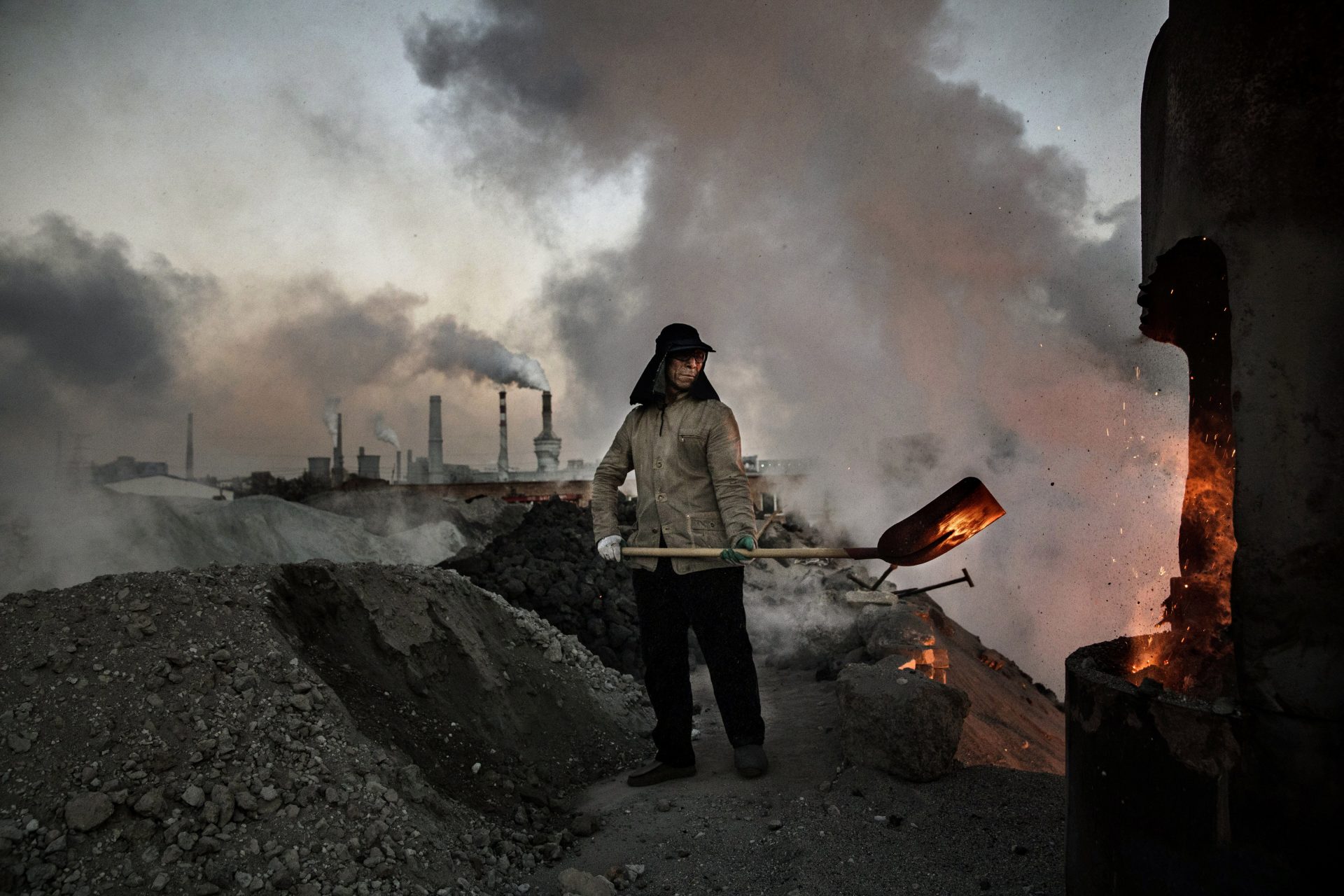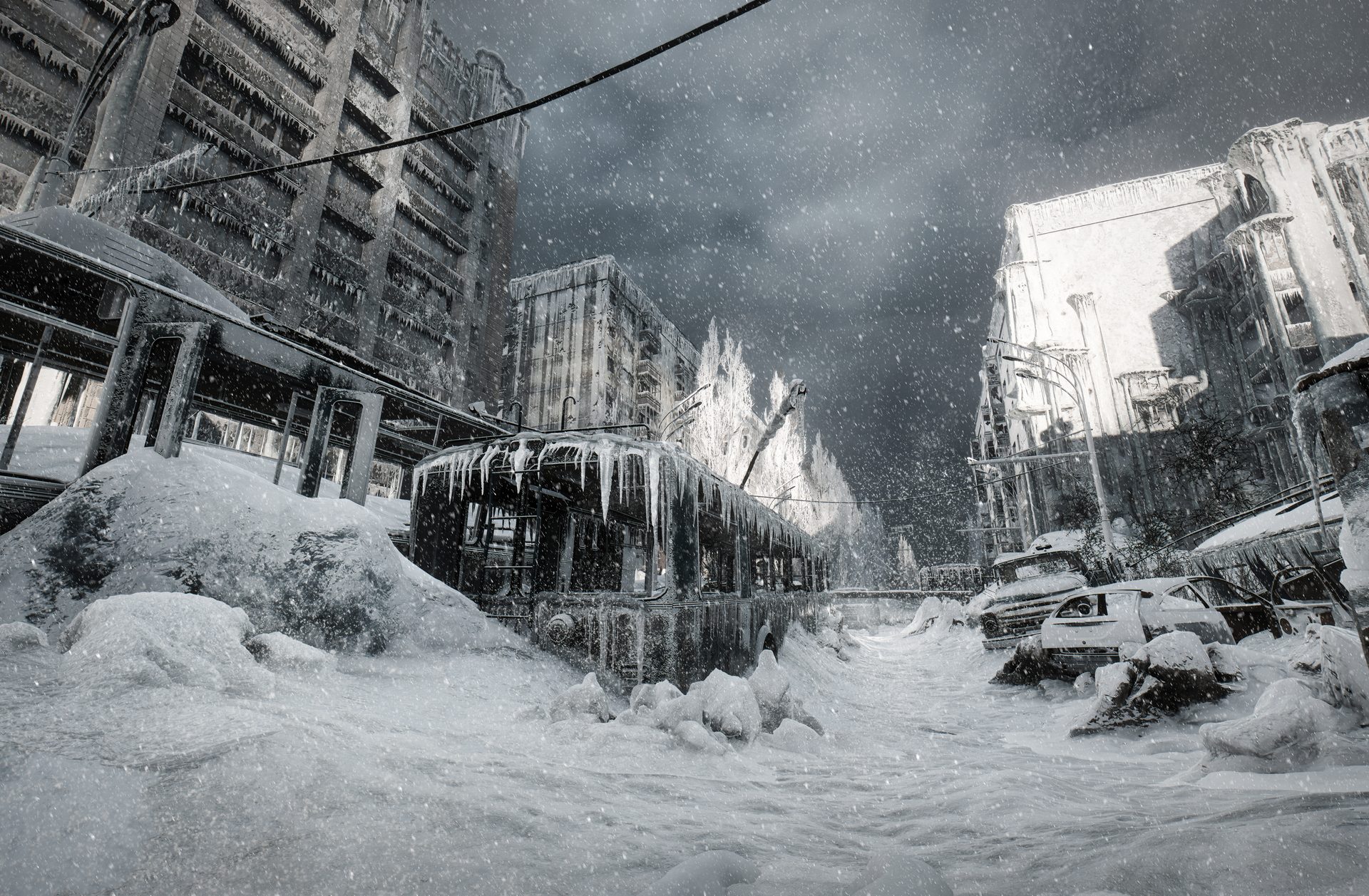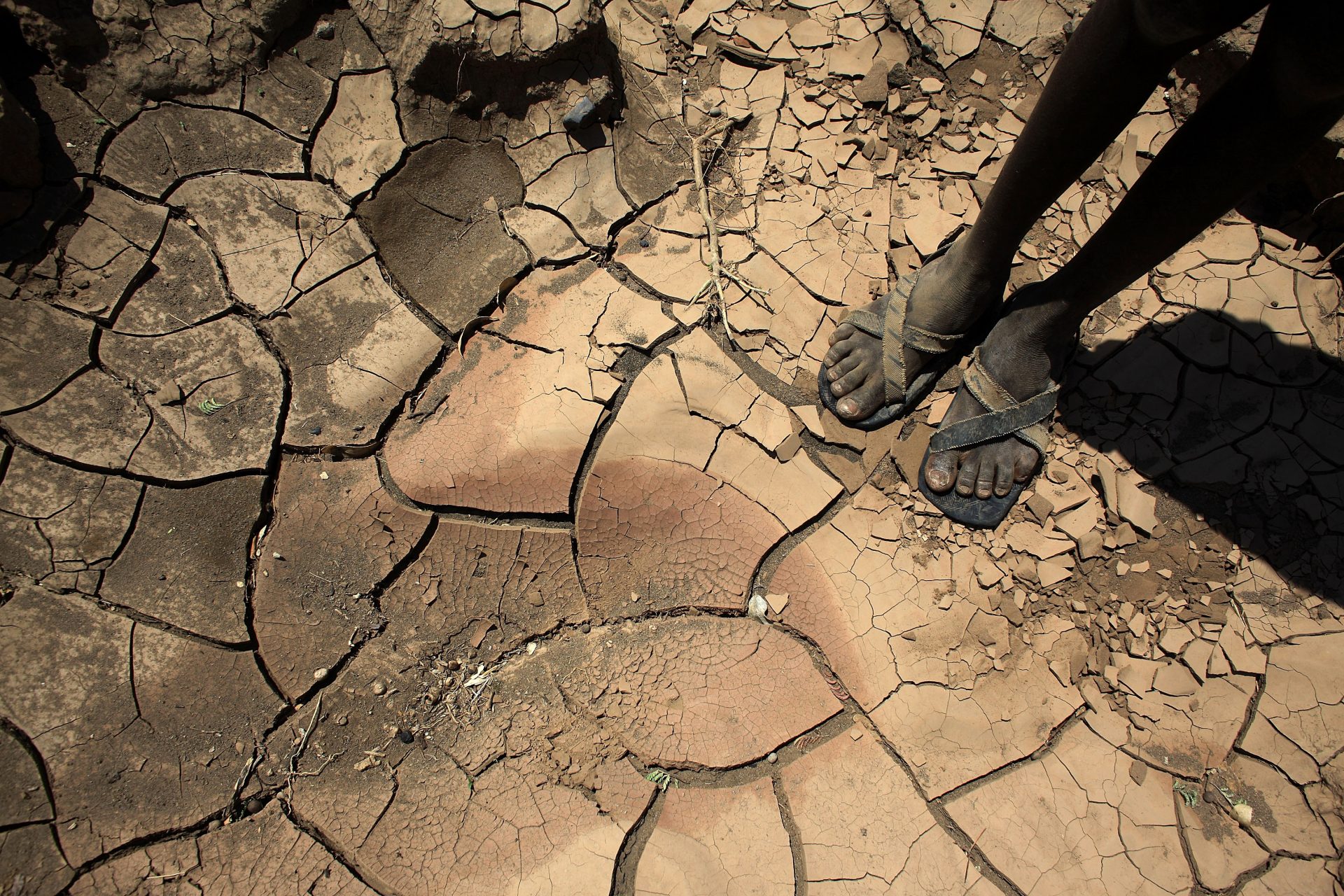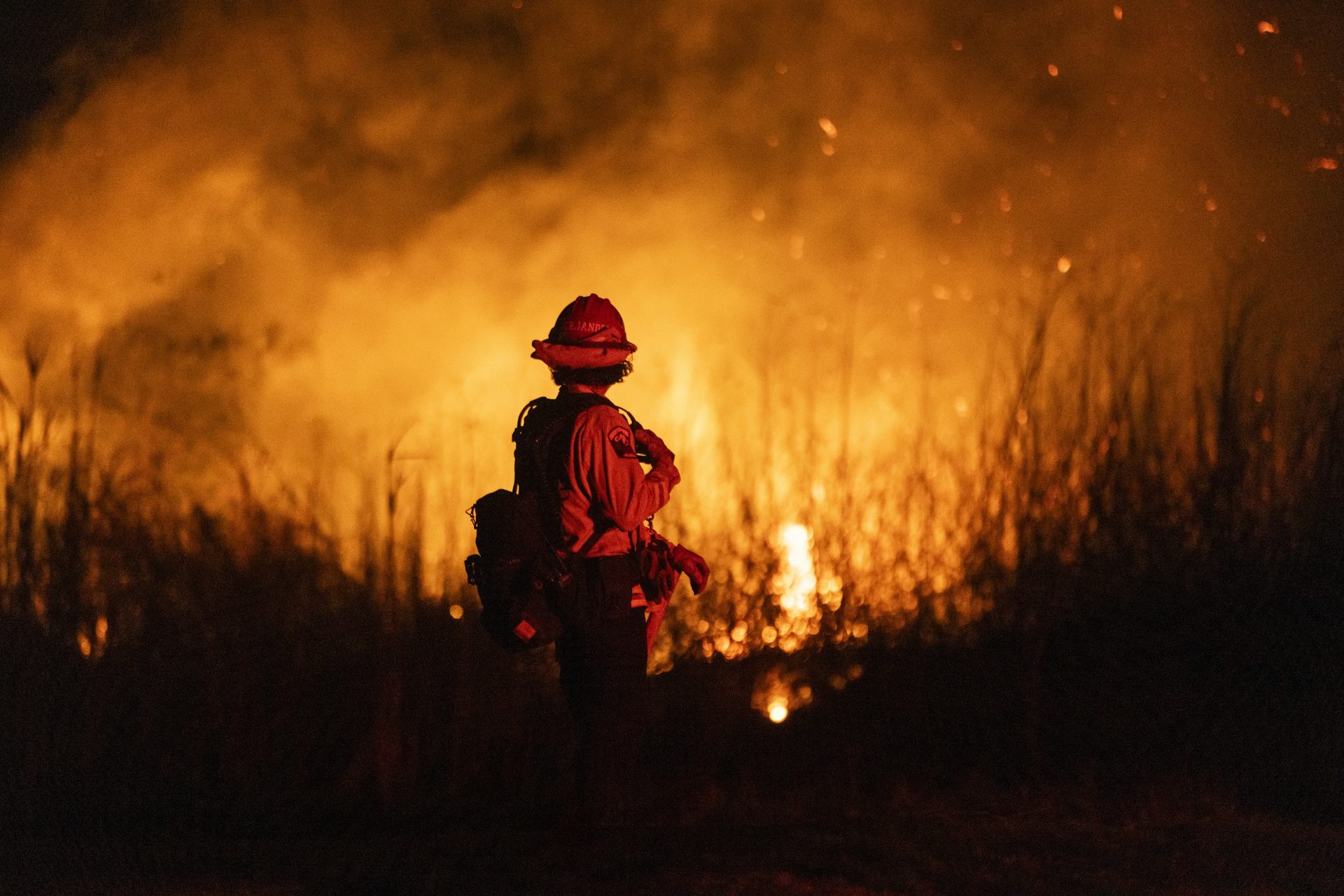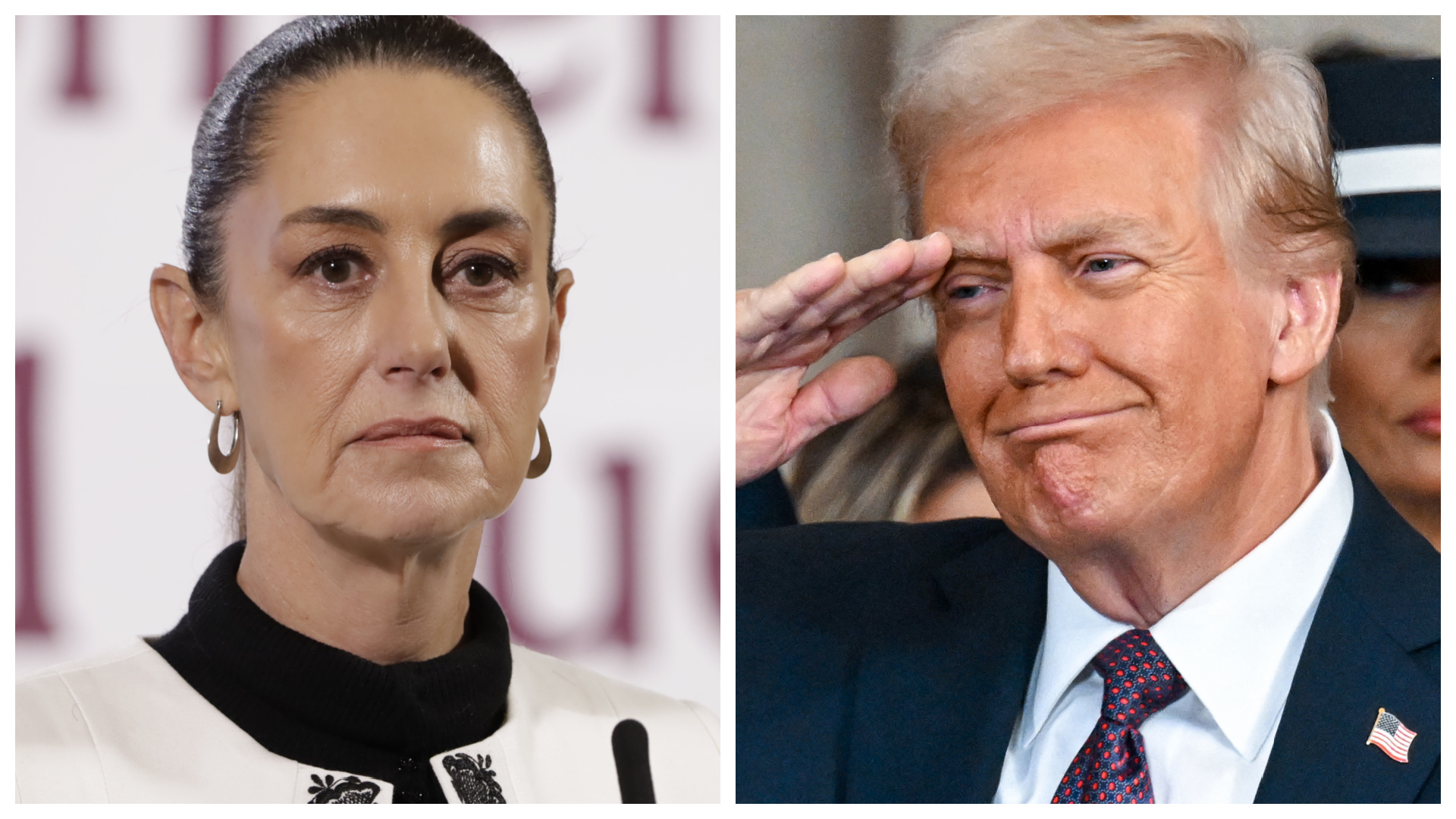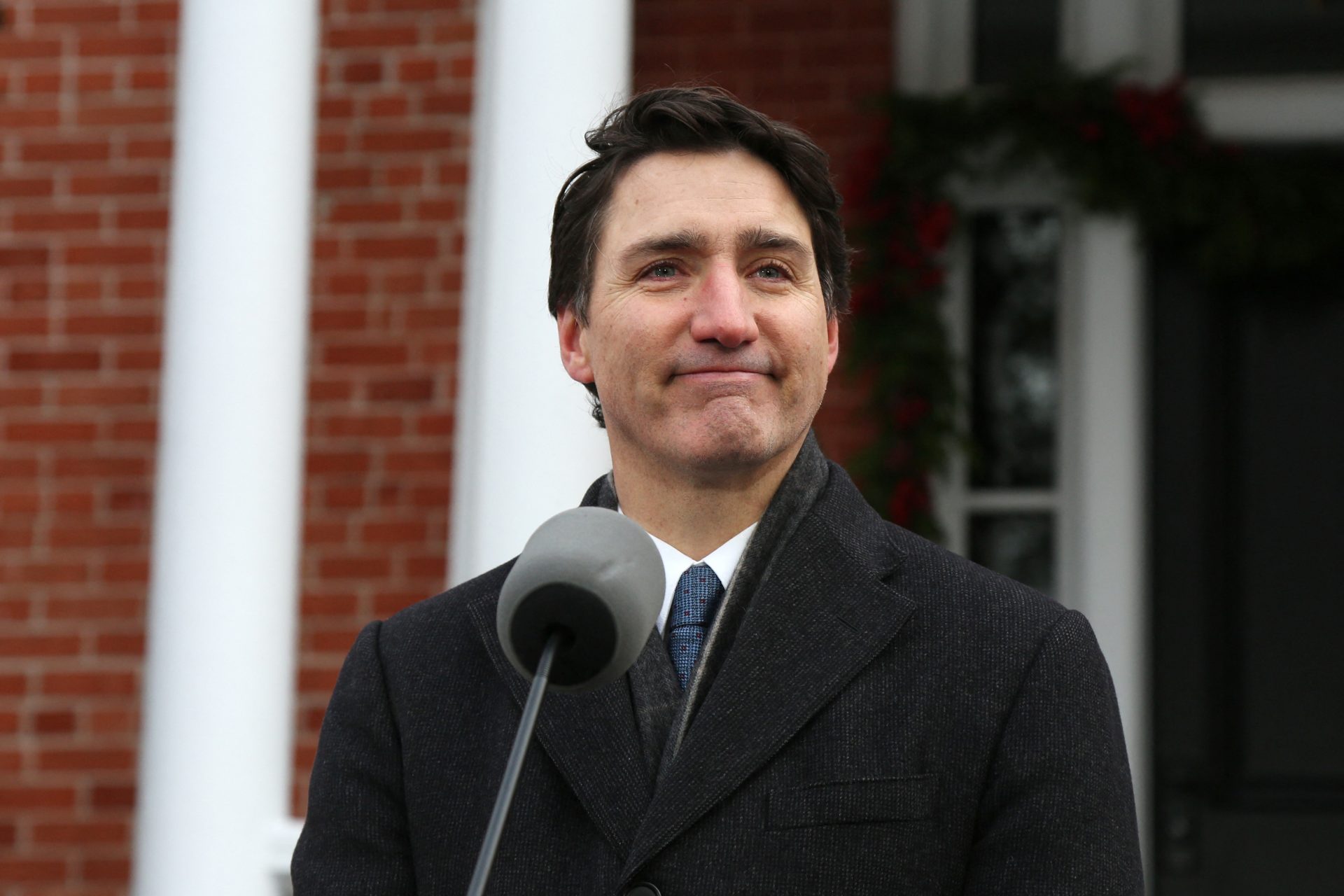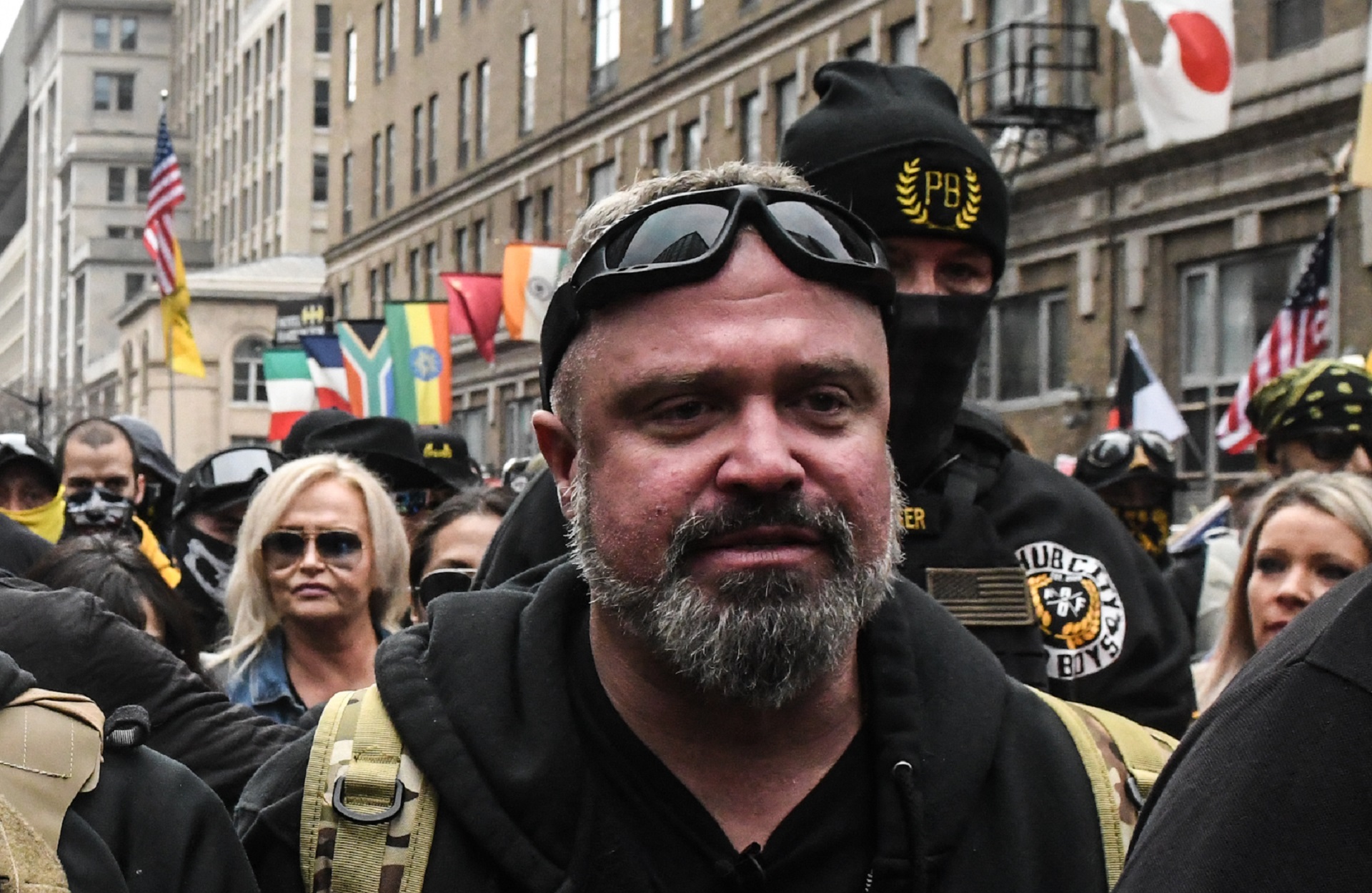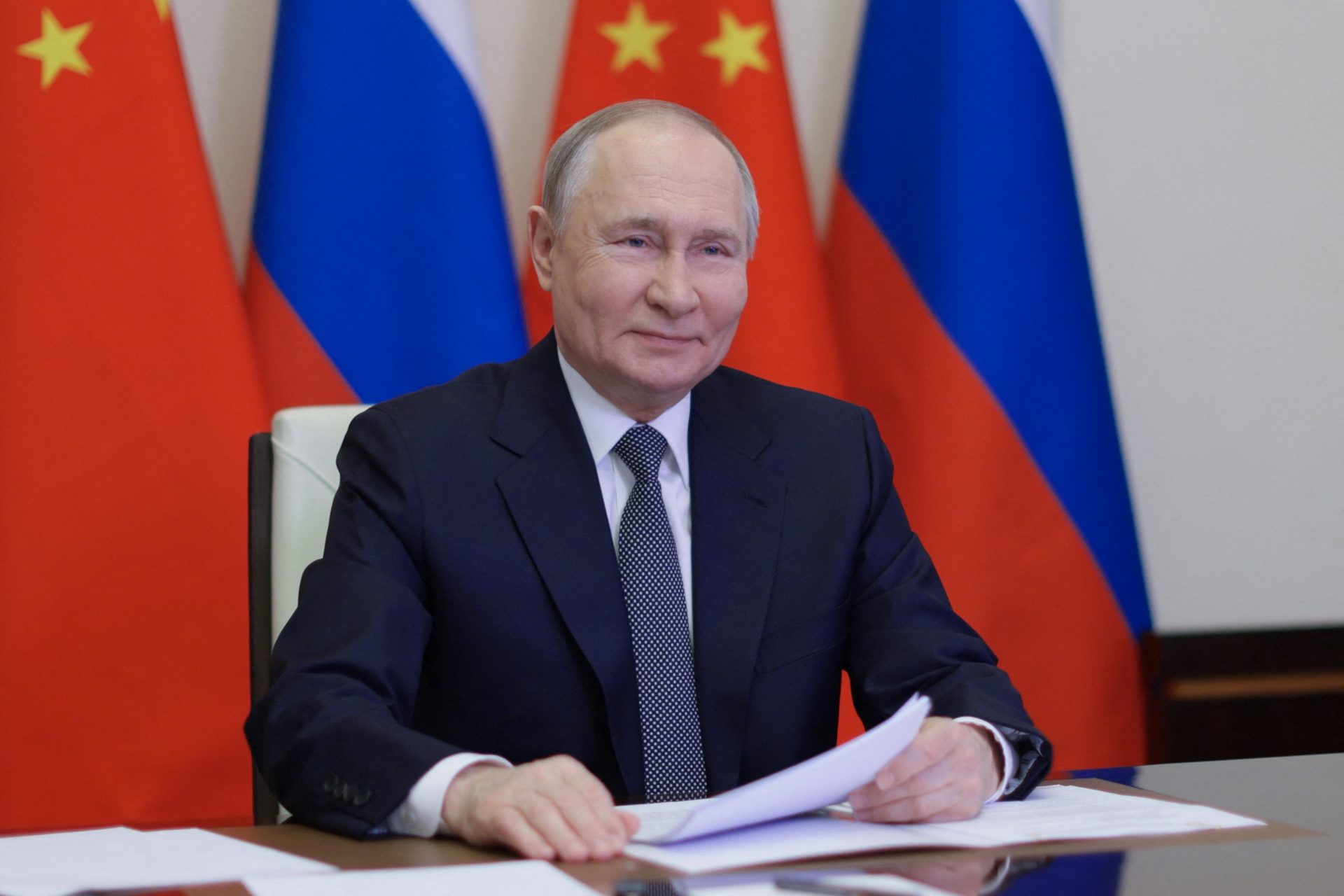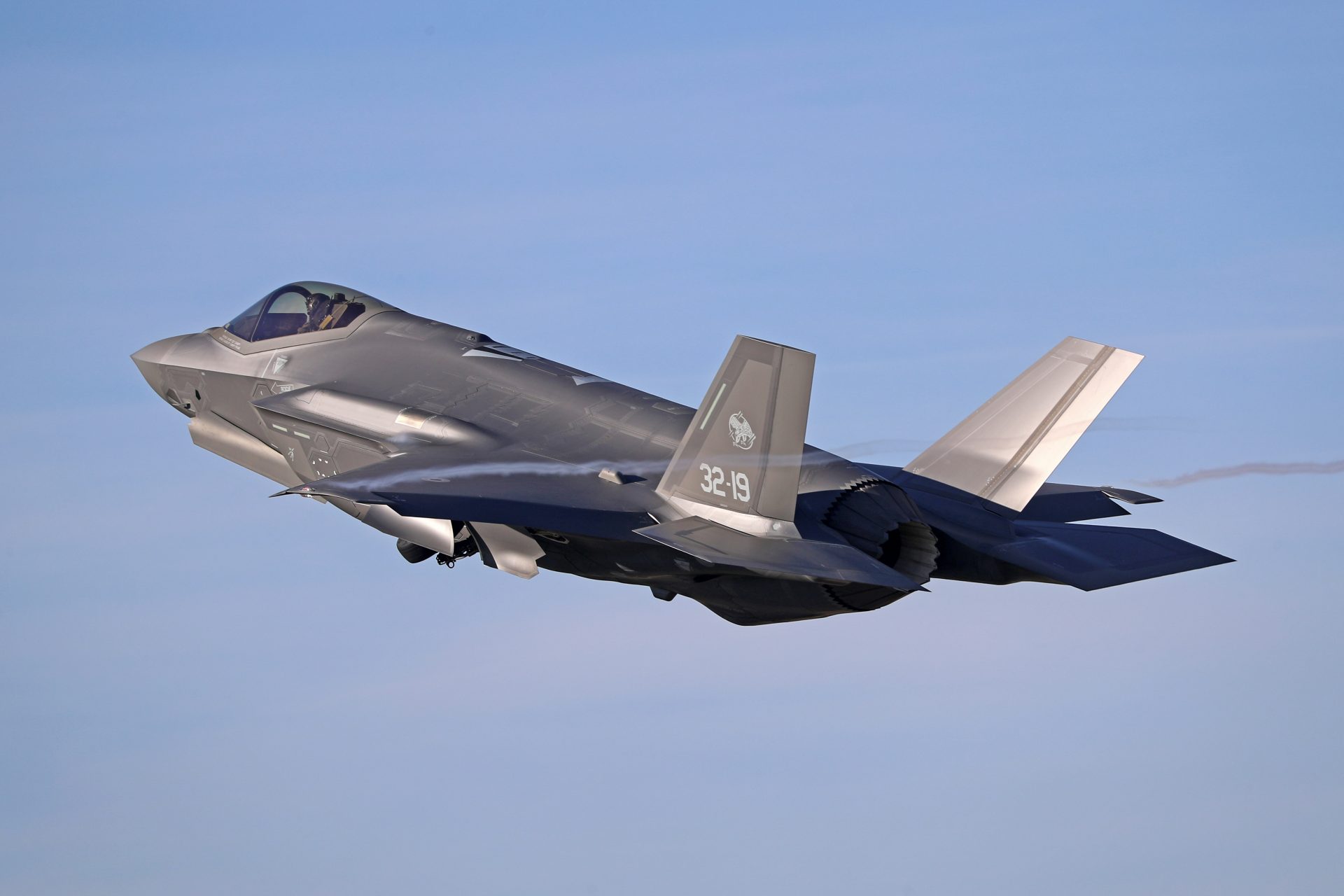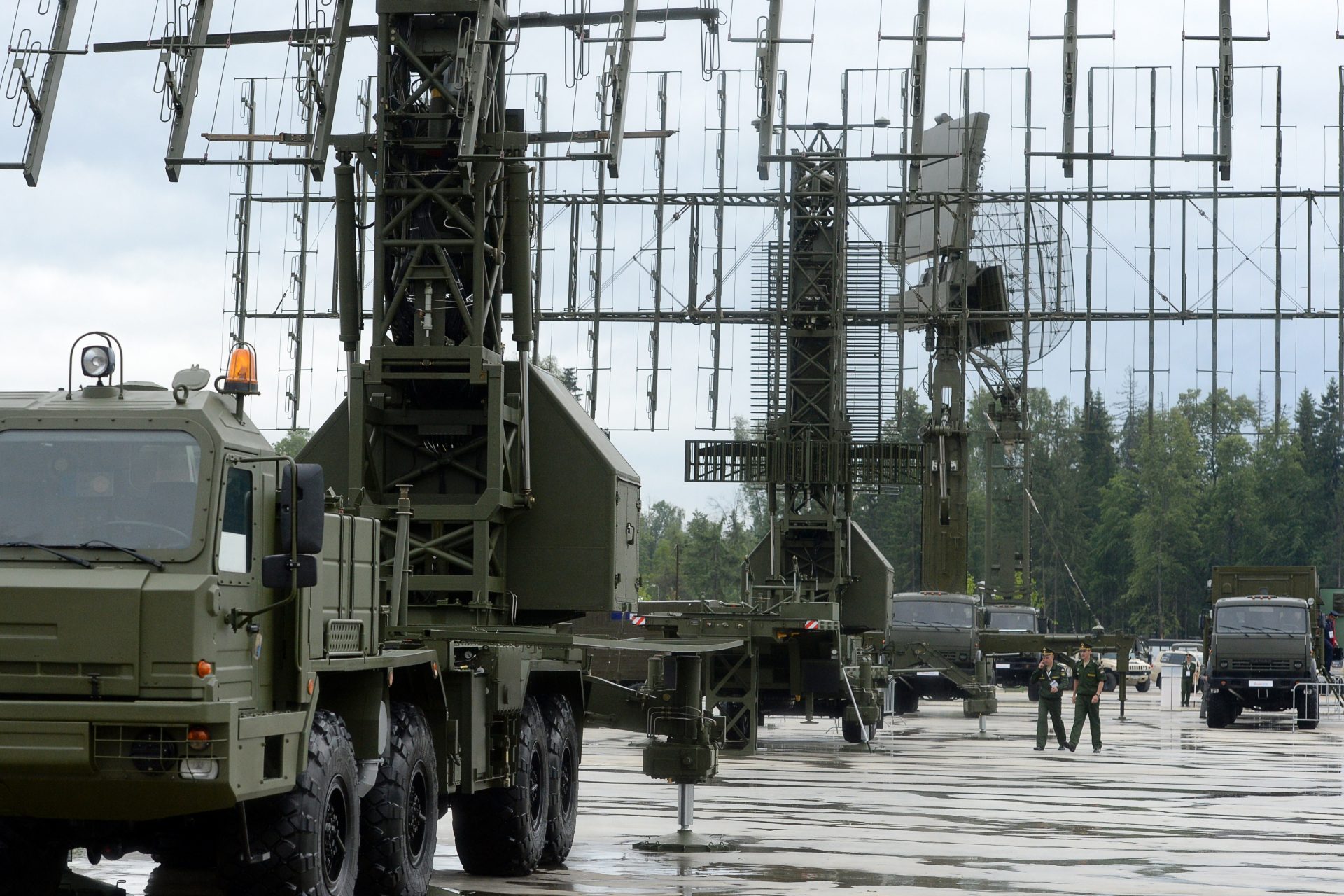Surviving the aftermath of a nuclear conflict would be next to impossible
The threat of nuclear war is higher than it's been since the end of the Cold War, but if the world's nuclear-armed powers began launching missiles at each other, would it be possible to survive?
The possibility of surviving a nuclear conflict involving global powers might occasionally enter one's thoughts. However, the aftermath of such a devastating event would almost certainly be unsurvivable.
From devastating radiation to terrible famines, there are a lot of problems that will arise for those who are able to live through the initial exchange of nuclear missiles and bombs. Let's take a look at some of the research.
Research quoted by François Diaz-Maurin of the Bulletin of Atomic Scientists explained just how difficult it would be to survive a nuclear war, let alone the resulting radioactive fallout and horrific famine that would occur from a regional or global exchange of nuclear weapons.
What would happen if two smaller nuclear powers were to go to war? A relatively likely scenario is an all-out nuclear exchange between Pakistan and India. If the conflict involved only about 100 15-kiloton nuclear weapons then it would result in 27,000,000 deaths.
Most of the deaths in the scenario outlined would occur in urban areas but those deaths are just the beginning of what could be a bad situation. There would be major long-term consequences even from a regional exchange, but we will look at those later.
Let’s turn to what happens if the world’s two largest nuclear powers decide to start firing off their nuclear weapons at each other. A full-scale nuclear conflict between Russia and the United States would kill a lot more people than a regional war.
As many as 360,000,000 million people would be killed in a nuclear exchange that saw about 4,400 kiloton nuclear warheads used, and that wouldn’t only include the citizens of the two belligerent nations. Individuals from all over the world would be killed in the conflict.
Other countries would be targeted by the United States and Russia, which could lead any of those countries that also have nuclear weapons to launch them as well. That could very likely push the immediate death toll of a conflict even higher.
While the immediate effects are fairly well understood by even the least informed people on the subject, the general public knows a lot less about what would happen following a global nuclear war. Spoiler alert: it's not pretty. Many, many more would perish.
Beyond the pressing concerns of treating those who suffer from radiation poisoning, and future global health for those who survive the initial blasts, the world would have to deal with a radically changed climate.
The International Campaign to Abolish Nuclear Weapons (ICAN) reports on its website that we know as many as 2.4 million people worldwide will die because of cancers that are due to atmospheric nuclear weapons testing conducted from 1945 to 1980.
However, whatever the number of people who would suffer from future health problems thanks to global nuclear war, most of them probably wouldn't survive much past the first years after the exchange because of the resulting global famines.
Nuclear winter from a global nuclear war would alter the climate in a way that could see billions of people die of starvation, the nuclear blasts might even be enough to destroy our ecosystem according to ICAN.
Research backs up the idea that global famine would be the real killer of a nuclear exchange. For example, a 2022 study published in the journal Food Nature laid out just how grim the food future would be for the world’s survivors.
The authors of the study concluded that roughly 2 billion people would die as a result of starvation if a regional nuclear war between Pakistan and India broke out while 5 billion would die from a war between Russia and the United States.
“Atmospheric soot loadings from nuclear weapon detonation would cause disruptions to the Earth’s climate, limiting terrestrial and aquatic food production,” the authors of the study explained in their abstract of the research paper.
François Diaz-Maurin noted in his explanation of the impact of nuclear war that even a regional conflict like the one theorized about Pakistan and India could send enough soot into the atmosphere to produce the coldest temperatures Earth has seen in 1,000 years.
A larger global war between Russia and the United States would kick off a much more severe nuclear winter, one that could send temperatures on Earth plunging by 8°C or 46.5°F, which in turn would drop global temperatures lower than Ice Age levels.
Global precipitation would also change as well. Asia would see a decrease of 40% while Africa and South America would also see major drop-offs. Global oceans would also be impacted in ways that would significantly reduce marine production.
Diaz-Maurin's conclusion, though it was also the title of his article, was that there would be nowhere to hide from the fallout of a nuclear war, and the conflict would end up killing nearly every human on Earth—which means nuclear weapons must never be used.
More for you
Top Stories



